The story of Esther is an epic cinematic drama. A young Jewish girl caught in a situation beyond her control. Esther is one of my favorite stories in Scripture. I have even written a whole Bible study on the book of Esther.
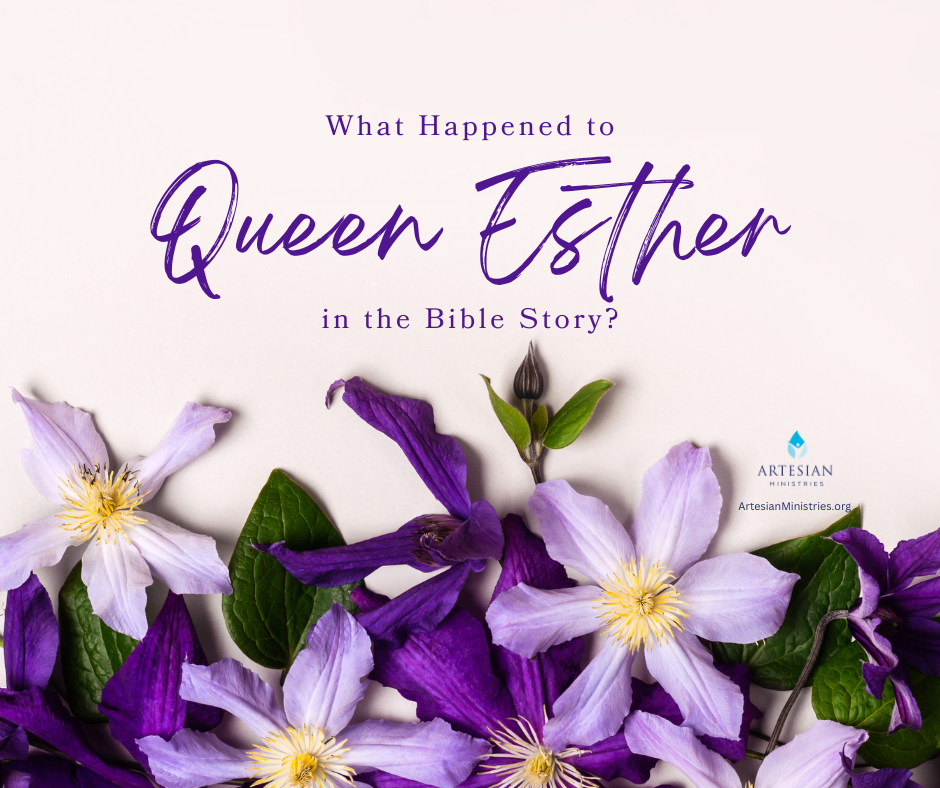
Time after time, the God intervened to save her and the Persian Jews from certain death. Here is her incredible story of courage.
Contents
Overview
The author of the biblical book of Esther is unknown. Esther’s story opens amid the lavish setting of the opulent Persian Empire.
The king dismisses Queen Vashti for disobedience. Afterward, King Ahasuerus demands that every beautiful young virgin come before him as new-wife material.
Esther, a Jewish orphan, steps into the Persian king’s palace. After surviving the king’s harem, young Esther finds favor with the king.
Esther dons the crown of Queen of Persia! And we begin to see God’s plan unfold.
Esther’s cousin Mordecai provides wise counsel throughout her time in the palace. The evil court official Haman sets his mind to eradicate the Jewish people from Persia. And it becomes clear that God will use Esther’s courage to save His people from genocide.

Key Characters
There are four main characters that the author of Esther includes, amidst other smaller characters.
1. Esther
The main character is Esther, a young woman of Jewish background. After her parents’ death, her older cousin Mordecai raises the orphan girl. He provides, protects, and takes care of her.
“The young woman had a beautiful figure and was lovely to look at, and when her father and her mother died, Mordecai took her as his own daughter” (Esther 2:7).
The name “Esther” originates from the Persian word meaning “star”. Esther was born with the Hebrew name “Hadassah,” which means “myrtle.”

2. King Ahasuerus
King Ahasuerus of Persia (also known as King Xerxes) is the the son of Darius the Great and Queen Atossa (daughter of Cyrus the Great).
The reign of King Ahasuerus spanned 486-465 BC. He is the fourth legitimate monarch in the Achaemenid Empire, which ruled over Persia for more than 175 years.
The King of Persia holds the highest position and wears the royal crown of Persia. He is a godless, self-centered ruler who wants his own way at all costs.
He surrounds himself with hundreds of beautiful women and occupies his time with lavish parties. The royal wine flows freely at these parties.
“Now in the days of Ahasuerus, the Ahasuerus who reigned from India to Ethiopia over 127 provinces, in those days when King Ahasuerus sat on his royal throne in Susa, the citadel, in the third year of his reign he gave a feast for all his officials and servants” (Esther 1:1-3).

3. Haman
Every drama needs a villain. Haman fills that role in the Book of Esther. Haman is the king’s prime minister. He holds extraordinary political power and knows exactly how to manipulate the king.
“After these things King Ahasuerus promoted Haman the Agagite, the son of Hammedatha, and advanced him and set his throne above all the officials who were with him. And all the king’s servants who were at the king’s gate bowed down and paid homage to Haman, for the king had so commanded concerning him” (Esther 3:1-2).
Haman is identified as an Agagite. The king of the Amalekites was named Agag. Agag’s people were known as Agagites. Haman was a descendant of the Amalekites, who were bitter enemies of the Benjamites (Mordecai’s ancestors). This ancestry pits Haman against Mordecai from the start.

4. Mordecai
Mordecai is Esther’s older cousin from the tribe of Benjamin (Jacob’s youngest son), one of Israel’s twelve tribes.
”Now there was a Jew in Susa the citadel whose name was Mordecai, the son of Jair, son of Shimei, son of Kish, a Benjaminite, who had been carried away from Jerusalem among the captives carried away with Jeconiah king of Judah, whom Nebuchadnezzar king of Babylon had carried away. He was bringing up Hadassah, that is Esther, the daughter of his uncle, for she had neither father nor mother” (Esther 2:5-7).
Kish was also a Benjamite who had a son named Saul whom God anointed as the first king of Israel. Consequently, Mordecai belonged to the same tribe and shared the same lineage as King Saul.

Purpose of the Book of Esther
The scroll of Esther never mentions God’s name. Yet the providence of God is clear throughout this Old Testament book. The Book of Esther was written to the Jewish exiles to encourage their faith.
God uses Esther’s story to open our eyes to a much bigger view of Himself. Her story shows that every decision God leads us to make sets the stage for His glory to shine.
God appears throughout the biblical account even though His name is absent. We can easily compare Esther’s story to an invisible chess game between God and Satan. God inevitably declares, “Checkmate!” God’s sovereignty is unquestionable.
Esther is part of an oppressed people living in a foreign land. She is an orphan with a lot of character but not a lot of opportunities. Through her story God shows how He preserved His people after the Babylonian exile.

Major Events in Esther
There are several major events in the Book of Esther that propel the story forward. There are lavish banquets, intrigue, an assassination plot, Esther’s courage, and even months of beauty treatments for Esther.
1. Lavish Banquets
The multisensory glitz and splendor of King Ahasuerus’ court in Susa must have rivaled Hollywood on steroids. Each time a major plot twist occurred a feast took place. There are ten feast events throughout Esther.
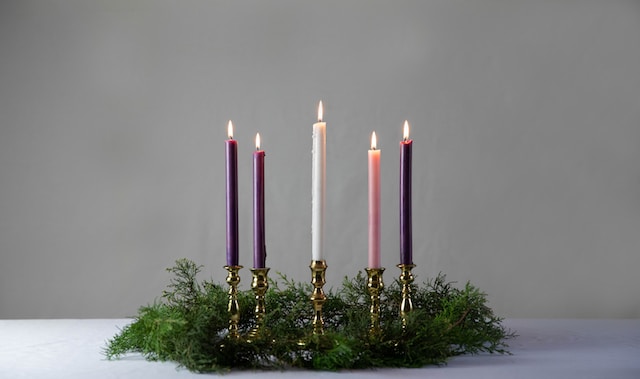
2. Queen Vashti Deposed
The king shows a serious lack of judgment. During one of his opulent banquets, he demands that Queen Vashti appear before him. He wants to show off his queen’s beauty to the men. She refuses.
The king’s officials advise the king to replace her and Vashti is never again seen in Esther’s story. God opens the door for Esther to be in the right place to save His people from dark days ahead.
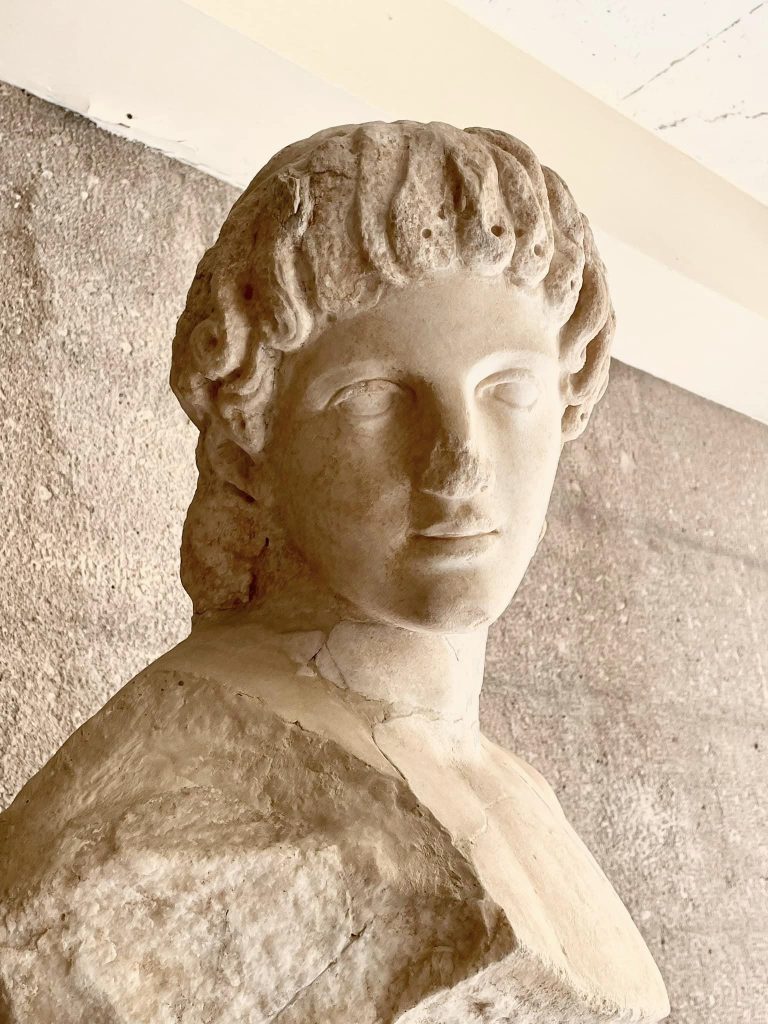
3. The Miss Persia Contest
The king’s life is incomplete without a queen. His officials gather up all of the beautiful young women (virgins) to be considered for the job. Esther is caught in the net.
She follows Mordecai’s advice and keeps her Jewish identity hidden. That would prove essential to the fate of hundreds of thousands of human beings. Esther wins the king’s favor and is chosen as queen.
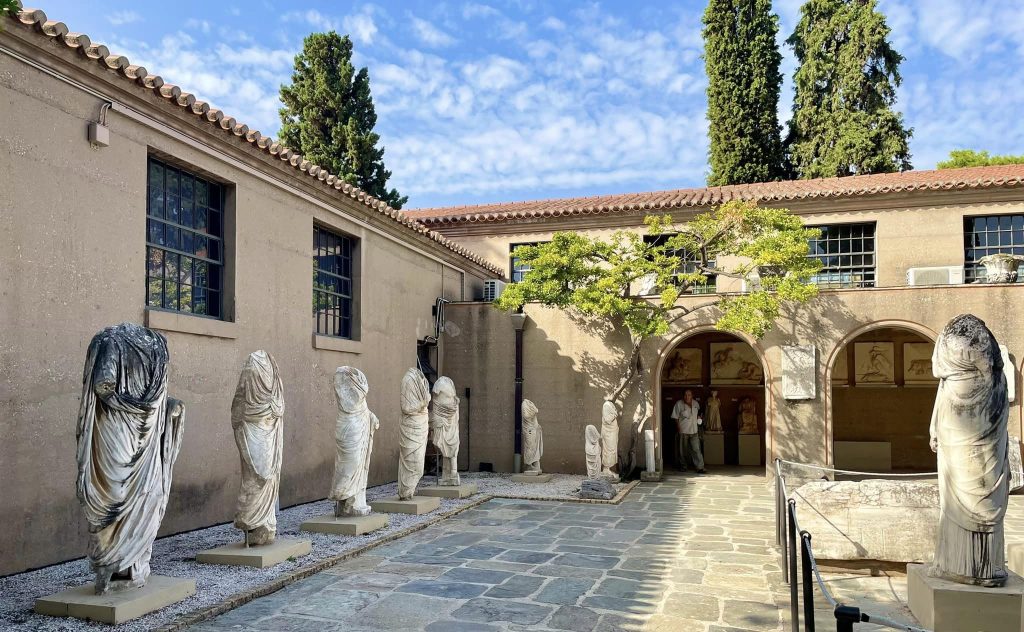
4. Mordecai Uncovers Assassination Plot
Mordecai overhears a plot at the king’s gate to murder King Ahasuerus. He reveals the plot to the proper authorities and the king’s life is saved. Mordecai’s good deed goes unrewarded.
5. Wicked Haman Demands Genocide
Haman is appointed Prime Minister. The king’s order states that all people should bow to Haman. As a good Jewish man who worships God alone, Mordecai refuses to bow.
Haman’s ego takes a hit. He persuades the king to sign an order to kill every Jew in the Persian empire. Haman has no idea that the king’s own Queen Esther is a Jew.
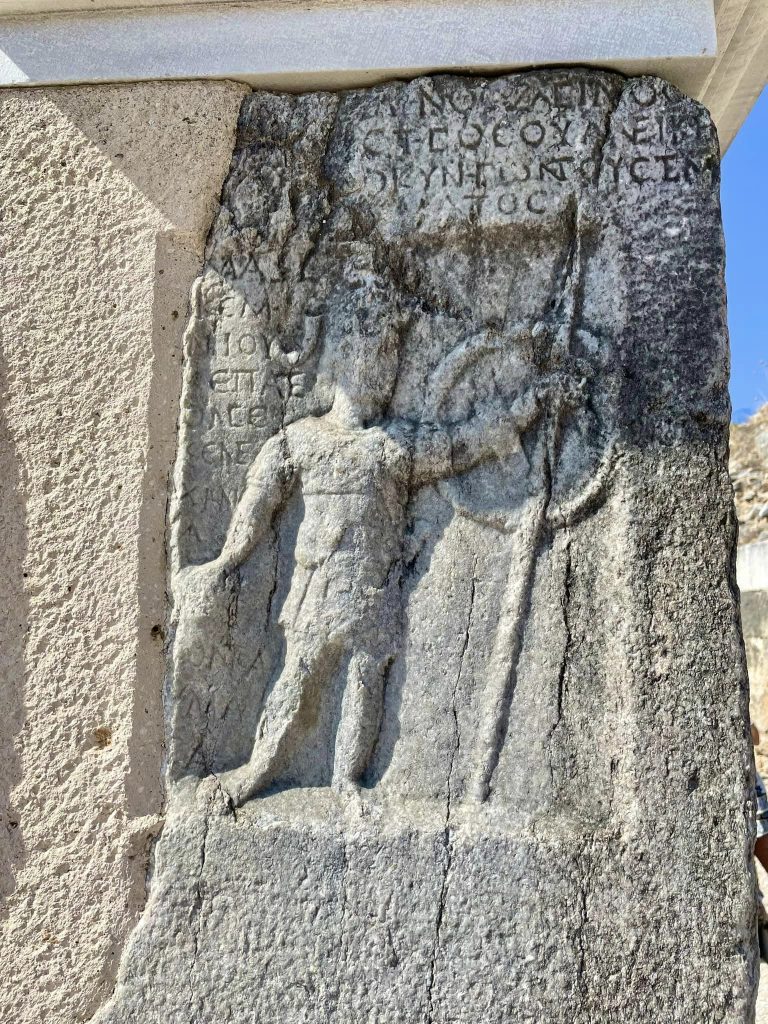
6. Esther Risks Her Life to Save the Jews
Mordecai lets Esther know about Haman’s evil plot and the king’s command to destroy all the Jews. Esther goes into the king’s presence uninvited (which could have cost her life). She invites the king and Haman to come to her house for a banquet.
They enjoy a very pleasant evening the first time. The following evening Esther invites the king and Haman back for a second banquet. There, she reveals Haman’s evil plot to the king which puts her own life at risk as a Jew.
The king orders Haman’s immediate execution. Victory! Unfortunately, Haman’s murderous decree is still in effect.
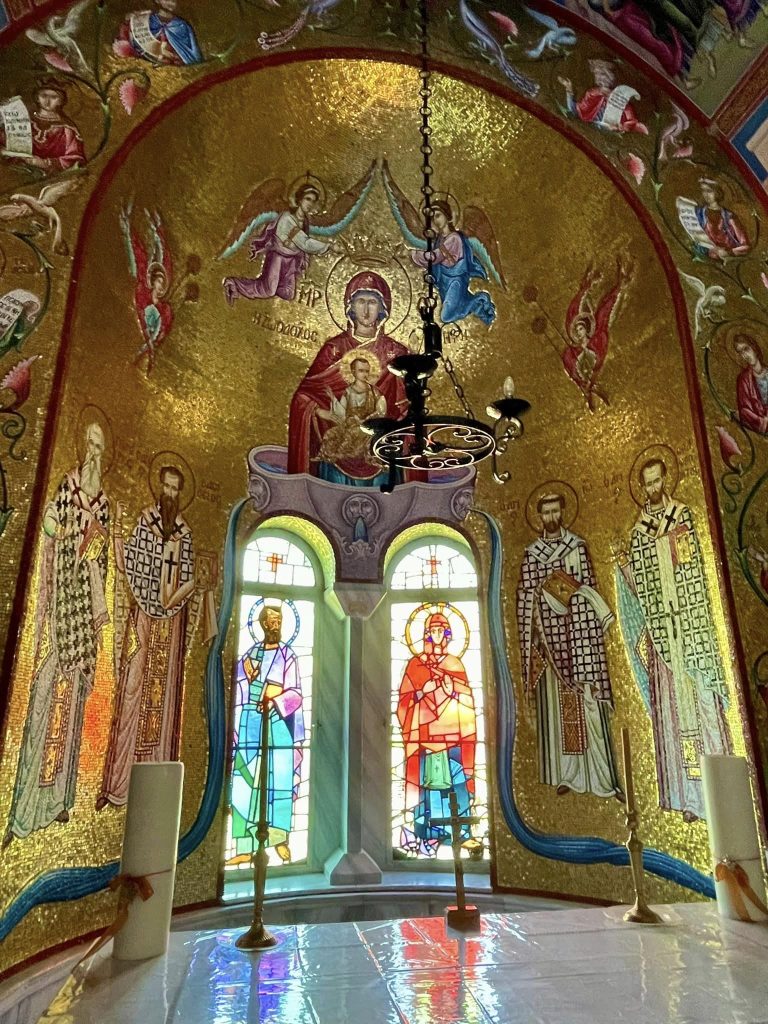
7. Mordecai Becomes Prime Minister
After discovering Mordecai’s unrewarded loyalty in saving his life, the king appoints Mordecai as Prime Minister in Haman’s place. The king allows Mordecai and Queen Esther to write a counter-decree that allows the Jews to defend themselves.
8. The Jews Defeat the Persian Army
After receiving permission to defend themselves the Jewish people arm and prepare for battle. After a single day of fighting, the Jews defeat the Persian army without having lost one life among them. A second smaller fight takes place the next day that completes their victory.
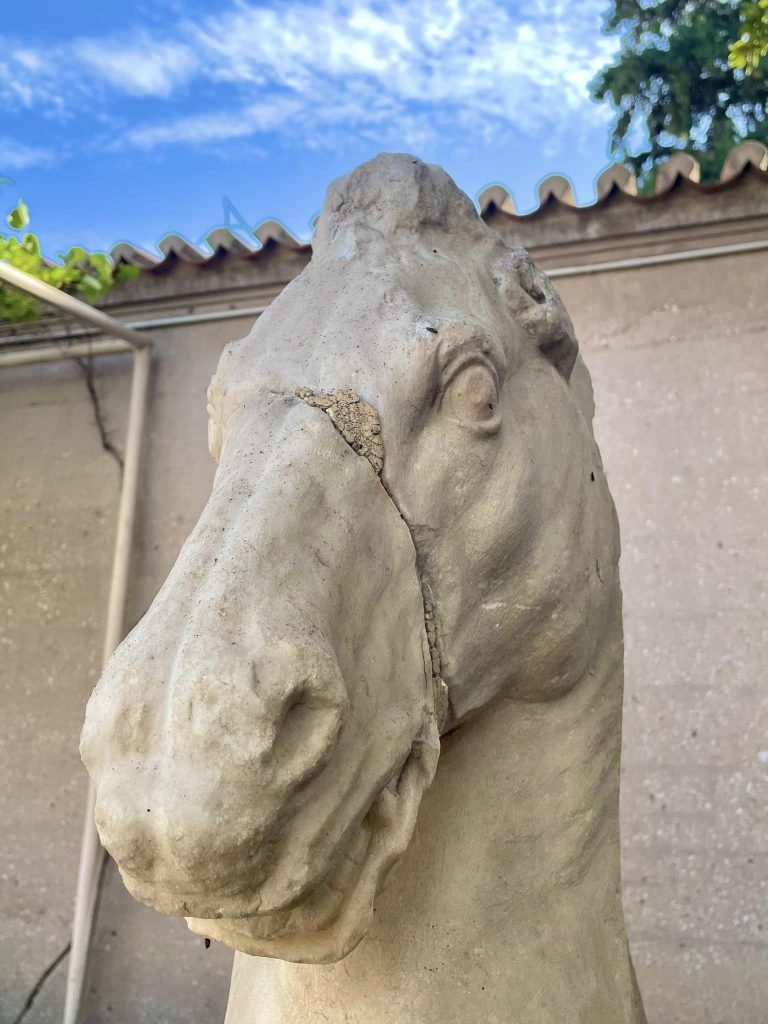
9. Feast of Purim Inaugurated
Esther, Mordecai and the Jewish people celebrate their victory by commemorating those days to be celebrated throughout the ages:
“And Mordecai recorded these things and sent letters to all the Jews who were in all the provinces of King Ahasuerus, both near and far, obliging them to keep the fourteenth day of the month Adar and also the fifteenth day of the same, year by year, as the days on which the Jews got relief from their enemies, and as the month that had been turned for them from sorrow into gladness and from mourning into a holiday; that they should make them days of feasting and gladness, days for sending gifts of food to one another and gifts to the poor” (Esther 9:20-22).

Timeline of Esther
- 479 BC: Ahasuerus’ officials hold nationwide search for new queen
- 479-478: Esther crowned as Persia’s new queen
- April 474: Haman despises Mordecai for now bowing; determines to destroy all Persian Jews
- April 17, 474: Haman casts lots and sets March 7, 473 as date for Jewish genocide
- June 474: Esther foils Haman’s plot; Ahasuerus orders Haman’s execution
- June 25, 474: Ahasuerus issues royal decree enabling Jews to defend themselves
- March 7, 474: Jews successfully defend themselves against Persian forces
- March 8, 474: Haman’s 10 sons hanged; Jews celebrate battle victories
- March 9, 474: Jews inaugurate Feast of Purim for all time to celebrate God’s rescue of the Jews
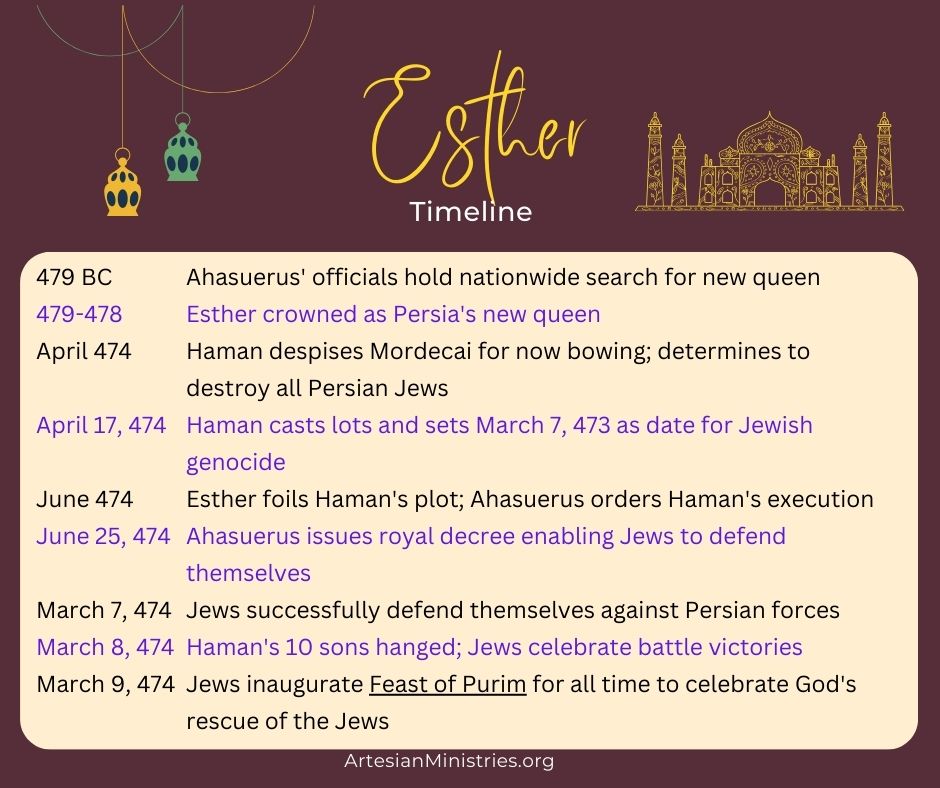
Esther’s Jewish Roots
Esther’s parents had died (Scripture is silent as to how). As a Jewish maiden, Jewish tradition holds that family members take her in raise her within the Jewish community.
Esther’s older cousin Mordecai takes her in and raises the little girl as his daughter. She is Mordecai’s younger cousin, not the daughter of Mordecai. She is raised to love her Jewish heritage just like Jews today. Esther is never mentioned in the New Testament.
The Book of Esther is contained in the Megilloth. These “five scrolls” appear in the third part of the Jewish canon. During five special occasions in the Jewish year, rabbis read aloud five Old Testament books in the synagogue. Esther is read during the Jewish Festival of Purim.

How Did Esther’s Story End?
Esther begins as an orphan yet ends up as Queen of Persia. A common question is, “How did Queen Esther die?” Scripture does not tell us.
Scholars believe that Esther remained in Persia until her death, even though she likely did not remain Queen after Ahasuerus’ death. The complete time period of her life is unknown.
Through the inspiration of the Holy Spirit, the author of Esther reveals God’s perfect plan. His covenant relationship with His chosen people is unbreakable. The entire story reveals how the hiddenness of God does not mean the absence of God.
I highly recommend undertaking an in-depth study of Esther’s incredible story through Scripture and my Bible study, “Chosen.”
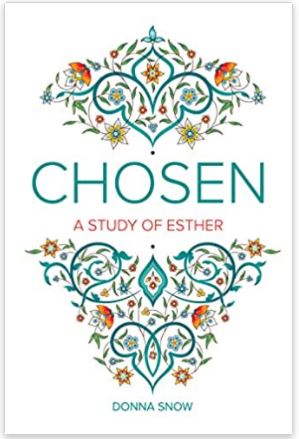
Related Posts:
- Best Bible Reading Plans
- Warriors in the Bible: 13 Essential Life Lessons to Learn
- Powerful Prayer for God’s Protection from Psalm 91
- Characteristics and Faith of Abraham in the Bible
Donna is a sought-after author, speaker, and Bible teacher. Her path from being unchurched to becoming passionate about sharing Jesus was not easy. Read her God-breathed journey: “From Unchurched to Becoming a Multi-Published Author and Sought-After Speaker.” If you want to send Donna a quick message, then visit her here.
{Some of these links are affiliate links. This means if you make a purchase through that link, the ministry may receive a small commission at no extra cost to you. Thank you for your support!}
